Buy Trulicity Dulaglutide Injection Online For Sale
$198.00
Trulicity is a medication used to treat type 2 diabetes by lowering glucose levels in the blood. The drug is administered once a week through subcutaneous injection and is a GLP-1 agonist. It works by stimulating insulin production and slowing down stomach emptying to reduce appetite and promote weight loss. Trulicity has some potential side effects and should not be used to treat type 1 diabetes. However, it is an effective treatment option and should be discussed with a healthcare provider to determine its suitability for use.
Trulicity is a prescription medication used for the treatment of type 2 diabetes. The drug is administered through subcutaneous injection and it is a once-weekly GLP-1 agonist that helps to lower glucose levels in the blood.
Trulicity is approved by the FDA and is considered a second-line therapy for type 2 diabetes. The drug works by stimulating the production of insulin and limiting the amount of glucose produced by the liver.
The active ingredient in Trulicity is dulaglutide, which is a synthetic version of glucagon-like peptide-1 (GLP-1). The drug works by binding to GLP-1 receptors in the pancreas and promoting the secretion of insulin.
GLP-1 also helps to slow down the emptying of the stomach, which helps to reduce appetite and promote weight loss. This effect also helps to control blood sugar levels in people with type 2 diabetes.
Trulicity comes in a pre-filled pen that is administered under the skin. The dosage is typically 0.75mg or 1.5mg once a week. The dosage may be increased to 3mg once a week if needed.
The drug has been shown to be effective in reducing HbA1c levels (a measure of blood glucose levels over a period of three months), with a reduction of up to 1.5% in some studies.
Trulicity also has some potential side effects, including nausea, vomiting, diarrhea, constipation, abdominal pain, and decreased appetite. These symptoms are usually mild and go away after the first few weeks of use.
In rare cases, Trulicity may cause pancreatitis or thyroid tumors. If you experience any signs of pancreatitis (such as severe abdominal pain, nausea, or vomiting) or any unusual lumps or swelling in your neck, contact your healthcare provider immediately.
Trulicity is contraindicated in people who are allergic to dulaglutide or any of its components, and it should not be used to treat type 1 diabetes or diabetic ketoacidosis.
People taking Trulicity should also have their kidney function monitored periodically, as the drug can cause deterioration of renal function.
Overall, Trulicity is an effective and convenient treatment option for people with type 2 diabetes. It is important to discuss the potential risks and benefits of the drug with your healthcare provider to determine if it is the right treatment option for you.
| Strength & Quantity | 0.75mg/0.5mL – 4 pens, 1.5mg/0.5mL – 4 pens |
|---|
Be the first to review “Buy Trulicity Dulaglutide Injection Online For Sale” Cancel reply
Related products
Diabetes
Diabetes
Diabetes
Diabetes



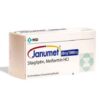


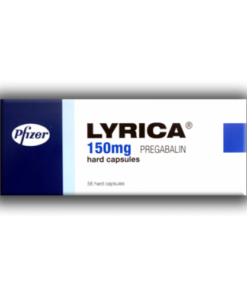
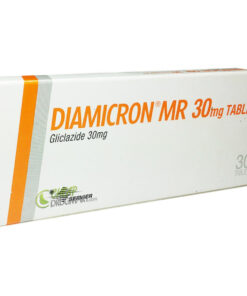
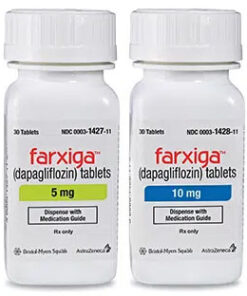
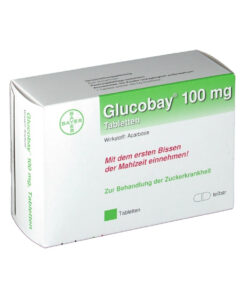
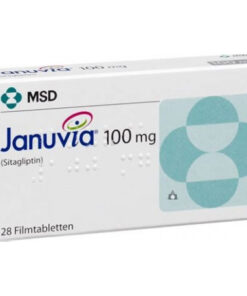
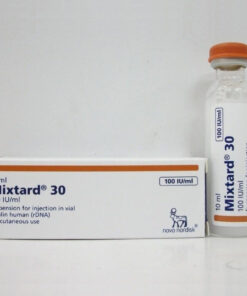
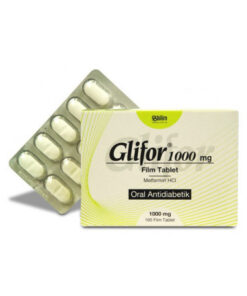
Reviews
There are no reviews yet.